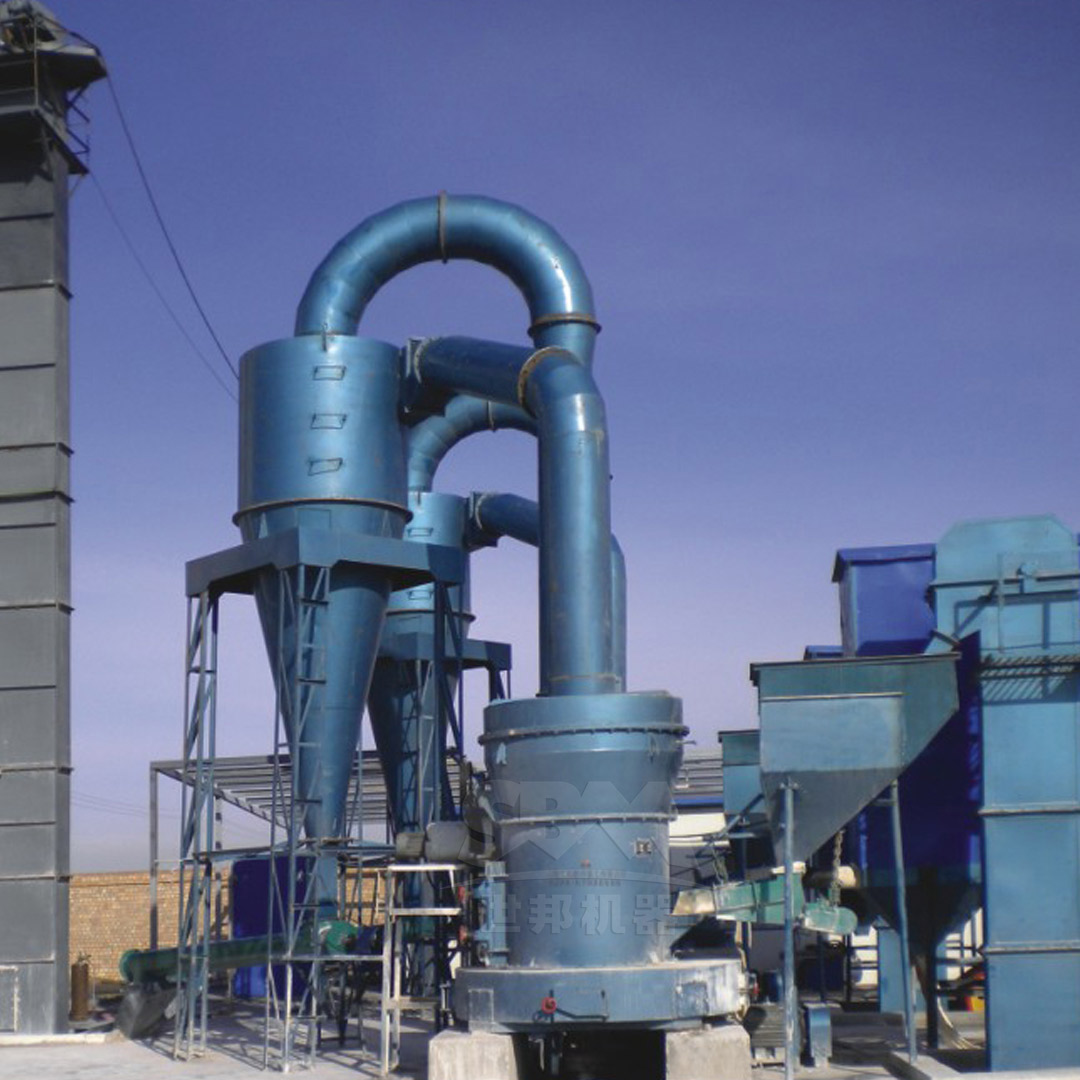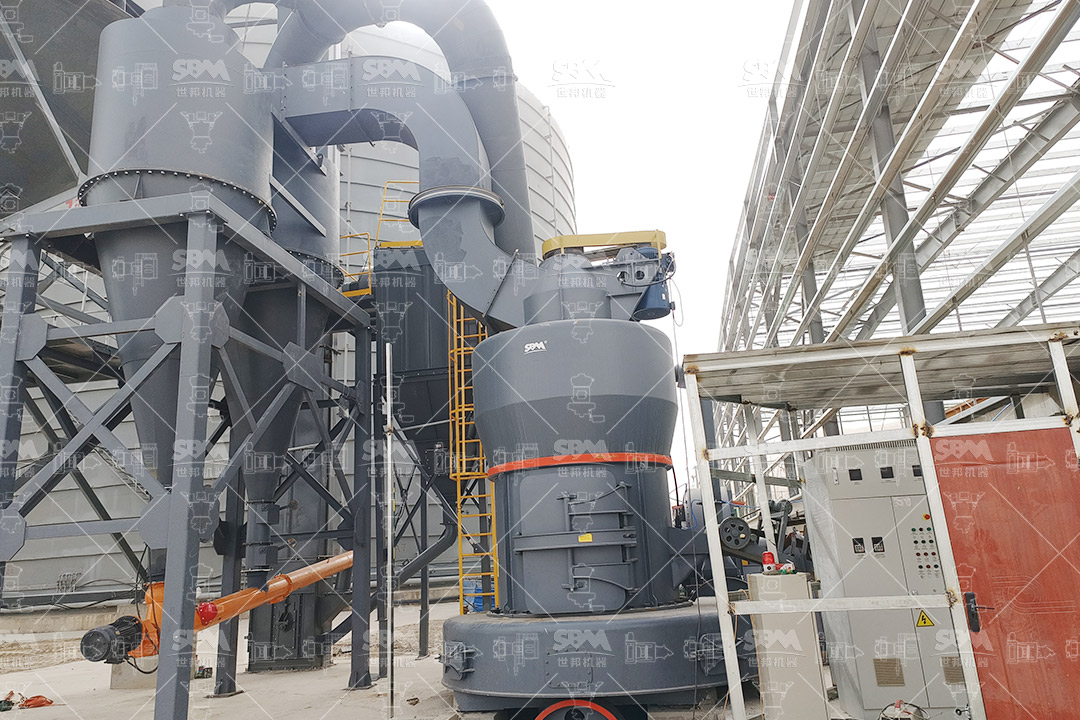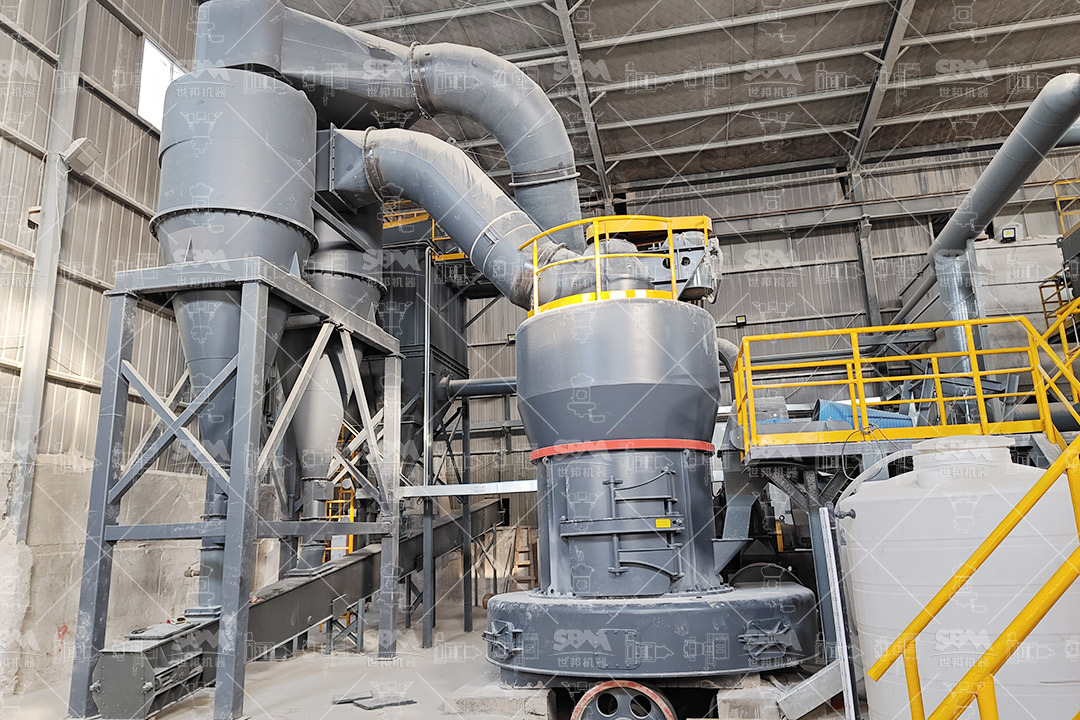Pulverizers are critical equipment in various industrial processes, from mining and construction to chemical processing and power generation. These machines are subjected to extreme operating conditions, including abrasive materials, high temperatures, and continuous mechanical stress. Implementing a comprehensive maintenance strategy is not just about preventing breakdowns—it’s about optimizing performance, reducing operational costs, and maximizing return on investment. This article explores essential maintenance practices that can significantly extend your pulverizer’s operational lifespan while maintaining peak efficiency.
Before diving into maintenance strategies, it’s crucial to understand the primary wear mechanisms that affect pulverizers. Abrasive wear occurs when hard particles slide or roll against metal surfaces, gradually removing material. Impact wear happens when large particles strike components at high velocity. Erosive wear results from the scouring action of fine particles carried in gas streams. Corrosive wear combines chemical attack with mechanical action, accelerating material degradation. Thermal stress from temperature fluctuations can cause cracking and distortion in critical components. Understanding these mechanisms helps prioritize maintenance activities and select appropriate materials for replacement parts.

Preventive maintenance forms the cornerstone of any effective pulverizer maintenance program. This proactive approach involves regularly scheduled inspections, adjustments, and component replacements before failures occur. Key elements include:
Daily Inspections: Conduct visual checks for unusual vibrations, abnormal noises, oil leaks, and temperature variations. Monitor amperage draws on motors to detect overload conditions. Check for proper sealing and dust containment.
Weekly Maintenance: Inspect wear components such as grinding elements, liners, and classifier blades. Check lubrication levels and system functionality. Verify proper operation of safety devices and control systems.
Monthly Procedures: Perform comprehensive inspections of mechanical components including bearings, couplings, and drive systems. Check alignment of rotating assemblies. Test emergency shutdown systems. Analyze oil samples for contamination and wear metals.
Quarterly Overhauls: Conduct thorough internal inspections of grinding chambers, classifier assemblies, and internal ductwork. Replace worn components before they fail catastrophically. Calibration of instrumentation and control systems.
Predictive maintenance utilizes advanced monitoring technologies to detect developing problems before they cause equipment failure. Vibration analysis can identify imbalances, misalignments, bearing defects, and resonance issues. Thermography detects abnormal temperature patterns that indicate friction problems, electrical issues, or insulation failures. Oil analysis programs monitor lubricant condition and identify wear metals that signal component deterioration. Ultrasonic testing detects leaks, electrical discharges, and bearing defects. Motor current signature analysis identifies electrical and mechanical problems in drive systems.
| Monitoring Technique | Parameters Measured | Potential Faults Detected | Recommended Frequency |
|---|---|---|---|
| Vibration Analysis | Frequency, amplitude, phase | Imbalance, misalignment, bearing wear | Weekly to monthly |
| Thermography | Temperature distribution | Overheating bearings, electrical faults | Quarterly |
| Oil Analysis | Viscosity, contamination, wear metals | Lubricant degradation, component wear | Monthly to quarterly |
| Ultrasonic Testing | High-frequency sounds | Leaks, electrical discharges, bearing defects | Monthly |
Proper lubrication is arguably the most critical aspect of pulverizer maintenance. Inadequate lubrication accounts for a significant percentage of premature bearing failures and mechanical breakdowns. Develop a comprehensive lubrication program that includes:
Correct Lubricant Selection: Choose lubricants specifically formulated for pulverizer applications, considering factors such as operating temperature, load conditions, and contamination potential. Synthetic lubricants often provide superior performance in high-temperature applications.
Proper Application Methods: Follow manufacturer recommendations for lubrication intervals and quantities. Use clean equipment and practices to prevent contamination. Ensure proper grease purging to remove degraded lubricant and contaminants.
Storage and Handling: Store lubricants in clean, dry areas away from contamination sources. Use dedicated transfer equipment for each lubricant type. Implement first-in-first-out inventory management to prevent lubricant degradation.
Condition Monitoring: Regularly sample and analyze lubricants to detect degradation, contamination, and abnormal wear patterns. Track consumption rates as increased usage may indicate seal problems or other issues.
Grinding elements, liners, classifier parts, and other wear components represent significant recurring costs in pulverizer operation. Effective management of these components can dramatically reduce operating expenses while maintaining performance.
Material Selection: Choose wear materials appropriate for your specific application. Consider factors such as material abrasiveness, operating temperature, and impact conditions. Advanced materials like high-chrome alloys, ceramic composites, and specialized hard-facing can significantly extend component life.
Replacement Timing: Establish wear limits for critical components and replace them before excessive wear compromises performance or causes secondary damage. Monitor wear patterns to identify abnormal conditions that may indicate other problems.
Inventory Management: Maintain appropriate spare parts inventory to minimize downtime while avoiding excessive capital tied up in inventory. Critical wear components should be available when needed, while less critical items can be ordered as required.

Selecting the right equipment with advanced durability features can significantly reduce maintenance requirements and extend operational life. Modern pulverizer designs incorporate numerous features specifically aimed at improving reliability and reducing maintenance.
For operations requiring ultra-fine grinding capabilities, the SCM Ultrafine Mill represents a technological advancement in pulverizer design. With an output fineness range of 325-2500 mesh (D97≤5μm) and processing capacity from 0.5 to 25 tons per hour depending on model, this equipment delivers exceptional performance while incorporating maintenance-reducing features. The mill’s special material rollers and grinding rings provide extended service life, often lasting several times longer than conventional components. The bearing-free screw grinding chamber design ensures stable operation with minimal vibration-related issues. Additionally, the intelligent control system with automatic feedback on product particle size helps maintain optimal operating conditions, reducing abnormal wear patterns.
For high-capacity applications requiring precise particle size control, the MTW Series Trapezium Mill offers robust construction with numerous maintenance-friendly features. With processing capacities from 3 to 45 tons per hour and output fineness from 30 to 325 mesh, this equipment incorporates wear-resistant design elements that significantly reduce maintenance requirements. The combined shovel blade design lowers maintenance costs by allowing individual replacement of worn sections rather than entire components. The curved air channel optimization reduces energy loss in airflow while the high-strength guard plates protect the air channel working surface from abrasive wear. The integrated bevel gear transmission achieves 98% transmission efficiency while saving space and reducing installation complexity.
How equipment is operated significantly impacts maintenance requirements and service life. Implementing proper operational practices can dramatically extend component life and reduce unexpected failures.
Proper Start-up and Shutdown Sequences: Follow manufacturer-recommended procedures for equipment start-up and shutdown. Gradual loading and unloading prevents thermal shock and mechanical stress. Allow adequate warm-up time for bearings and lubricants to reach operating temperature.
Consistent Operating Parameters: Maintain stable operating conditions within design parameters. Avoid frequent large adjustments to feed rates, classifier speeds, or other critical parameters. Sudden changes create mechanical stress and accelerate wear.
Material Handling Considerations: Ensure consistent feed material characteristics. Wide variations in moisture content, hardness, or particle size distribution can cause operating instability and accelerated wear. Implement pre-processing steps such as drying or pre-crushing to normalize feed material.
Operator Training: Ensure operators understand not just how to operate the equipment, but why certain practices are important. Well-trained operators can recognize developing problems and take appropriate corrective actions before significant damage occurs.
Comprehensive documentation provides the foundation for continuous improvement in maintenance practices. Detailed records help identify recurring problems, track component life, and justify equipment upgrades or modifications.
Maintenance History Tracking: Record all maintenance activities, including inspections, adjustments, repairs, and component replacements. Note operating hours, specific findings, and actions taken. This history becomes invaluable for troubleshooting and life cycle analysis.
Failure Analysis: When failures occur, conduct thorough investigations to determine root causes rather than simply replacing failed components. Understanding why a failure occurred enables implementation of corrective actions to prevent recurrence.
Performance Trending: Track key performance indicators such as specific energy consumption, product quality parameters, and maintenance costs. Analyzing trends helps identify developing problems and quantify the effectiveness of maintenance improvements.
Life Cycle Cost Analysis: Evaluate maintenance decisions based on total life cycle cost rather than just initial purchase price. Sometimes, higher-cost components with extended service life provide significantly lower total operating costs.
Modern pulverizer operations must address environmental concerns while maintaining equipment reliability. Proper maintenance practices contribute significantly to environmental compliance and community relations.
Dust Control Systems: Maintain effective dust collection systems to prevent emissions and recover valuable product. Regular inspection and maintenance of filters, seals, and ductwork ensure proper operation. The SCM Ultrafine Mill’s pulse dust removal system exceeds international standards with efficiency that minimizes environmental impact while the soundproof room design maintains noise levels below 75dB.
Spill Prevention and Containment: Implement measures to prevent lubricant and hydraulic fluid spills. Secondary containment systems and prompt leak repairs protect the environment while ensuring adequate lubrication for equipment protection.
Waste Management: Properly manage waste materials generated during maintenance activities, including used lubricants, filters, and worn components. Follow applicable regulations for disposal or recycling of these materials.

Developing and implementing a structured maintenance program requires careful planning and commitment. A successful program integrates various maintenance approaches to achieve optimal equipment reliability at manageable cost.
Assessment Phase: Begin with a thorough assessment of current equipment condition, maintenance practices, and historical performance data. Identify critical components and failure modes that have the greatest impact on operations.
Program Development: Create detailed procedures for all maintenance activities, including frequencies, methods, and acceptance criteria. Establish clear responsibilities and accountability for program implementation.
Implementation: Roll out the maintenance program systematically, ensuring adequate training and resource allocation. Use a phased approach if necessary, addressing the most critical issues first.
Continuous Improvement: Regularly review program effectiveness and make adjustments based on performance data and changing operational requirements. Incorporate new technologies and methods as they become available.
Extending your pulverizer’s lifespan requires a comprehensive, multi-faceted approach that integrates preventive, predictive, and proactive maintenance strategies. By understanding wear mechanisms, implementing structured maintenance programs, leveraging advanced monitoring technologies, and selecting equipment with durability-enhancing features like those found in the SCM Ultrafine Mill and MTW Series Trapezium Mill, operators can significantly reduce maintenance costs, minimize unplanned downtime, and maximize return on capital investment. The most successful maintenance programs combine technical knowledge with operational discipline, creating a culture where equipment reliability is everyone’s responsibility. Remember that the goal is not just to fix problems as they occur, but to prevent them from happening in the first place, ensuring your pulverizer delivers years of reliable, efficient service.